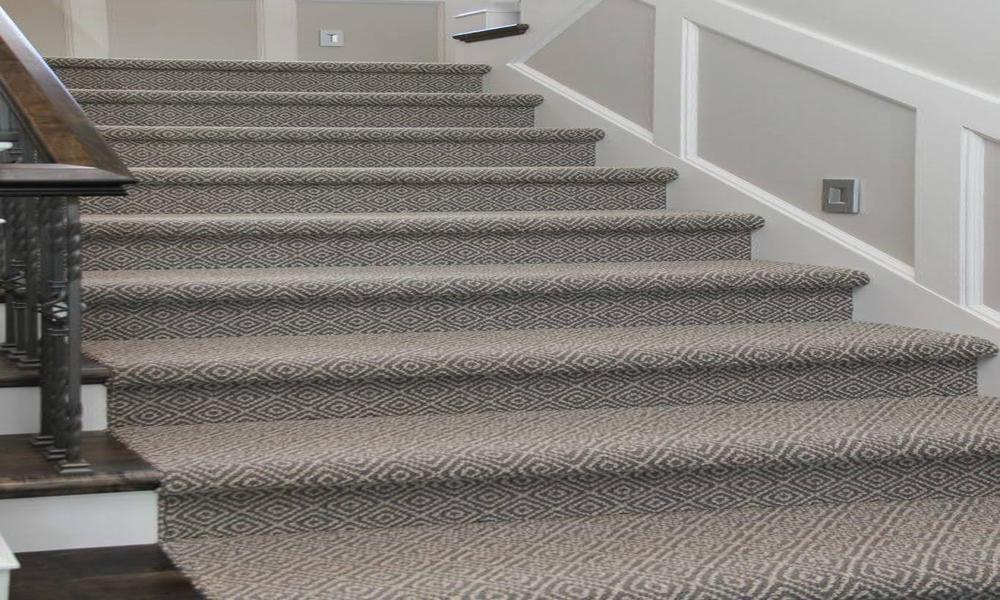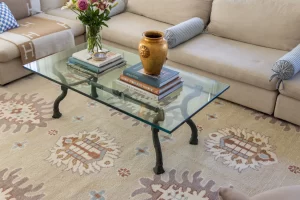Commandments of staircase carpets

When selecting carpet for your staircase carpet, choose a material that is durable, stain-resistant, and has a low pile height to prevent tripping hazards. Invest in a high-quality underlay to reduce noise and protect your stairs from wear and tear. Use carpet tacks, staples or adhesive to securely attach the carpet to the stairs, making sure to pull it tight to prevent wrinkles or buckling. Use a sharp utility knife to carefully trim the carpet to fit each step and riser, being careful not to cut too much off at once. If you prefer a more elegant look, consider installing a carpet runner down the middle of your staircase, leaving the wood or laminate visible on either side. Regularly vacuum your staircase carpet to remove dirt, dust and debris, and consider professional carpet cleaning every 12-18 months.
Staircase carpets Opportunities for Everyone
Staircase carpets can provide opportunities for everyone in a variety of ways: Carpeted stairs offer increased safety and reduced risk of slips and falls compared to bare wood or tile stairs. With a wide variety of colors, patterns and textures available, carpeted stairs can add style and elegance to any home. Carpeted stairs offer a softer, more comfortable surface for walking up and down the stairs, especially for those with sensitive feet or joints. Carpeted stairs can help reduce noise in multi-level homes or apartments, making it easier to keep noise levels down for neighbors. Installing carpet on your stairs can increase the value of your home and make it more attractive to potential buyers. Carpeted stairs can also provide additional insulation, helping to reduce energy costs and keep your home warmer in the winter months. For individuals with disabilities or mobility issues, carpeted stairs can offer increased accessibility and easier navigation. Overall, installing a staircase carpet can provide a wide range of benefits and opportunities for anyone looking to enhance the safety, style, comfort, and value of their home.
Sins of staircase carpets
While staircase carpets can offer many benefits, there are also some common sins or drawbacks that homeowners may encounter: Staircase carpets can wear out faster than carpets in other areas of the home due to heavy foot traffic, making them prone to fraying, tearing, or matting. Staircase carpets are more likely to stain or absorb spills, which can be difficult to remove, especially on lighter colored carpets. Carpet on stairs can pose tripping hazards, especially if the carpet is loose, wrinkled, or not installed correctly. Staircase carpets require regular cleaning and maintenance to prevent the buildup of dirt, dust, and debris, which can be time-consuming and costly. Carpeted stairs can harbor dust, pet dander, and other allergens, making them less ideal for individuals with allergies or asthma. The design and color options for staircase carpets may be limited compared to other areas of the home, due to the unique shape and size of the stairs. Homeowners should consider these potential sins of staircase carpets before making a decision to install them in their homes. Proper installation and maintenance can help to mitigate these issues and prolong the life of your staircase carpet.









